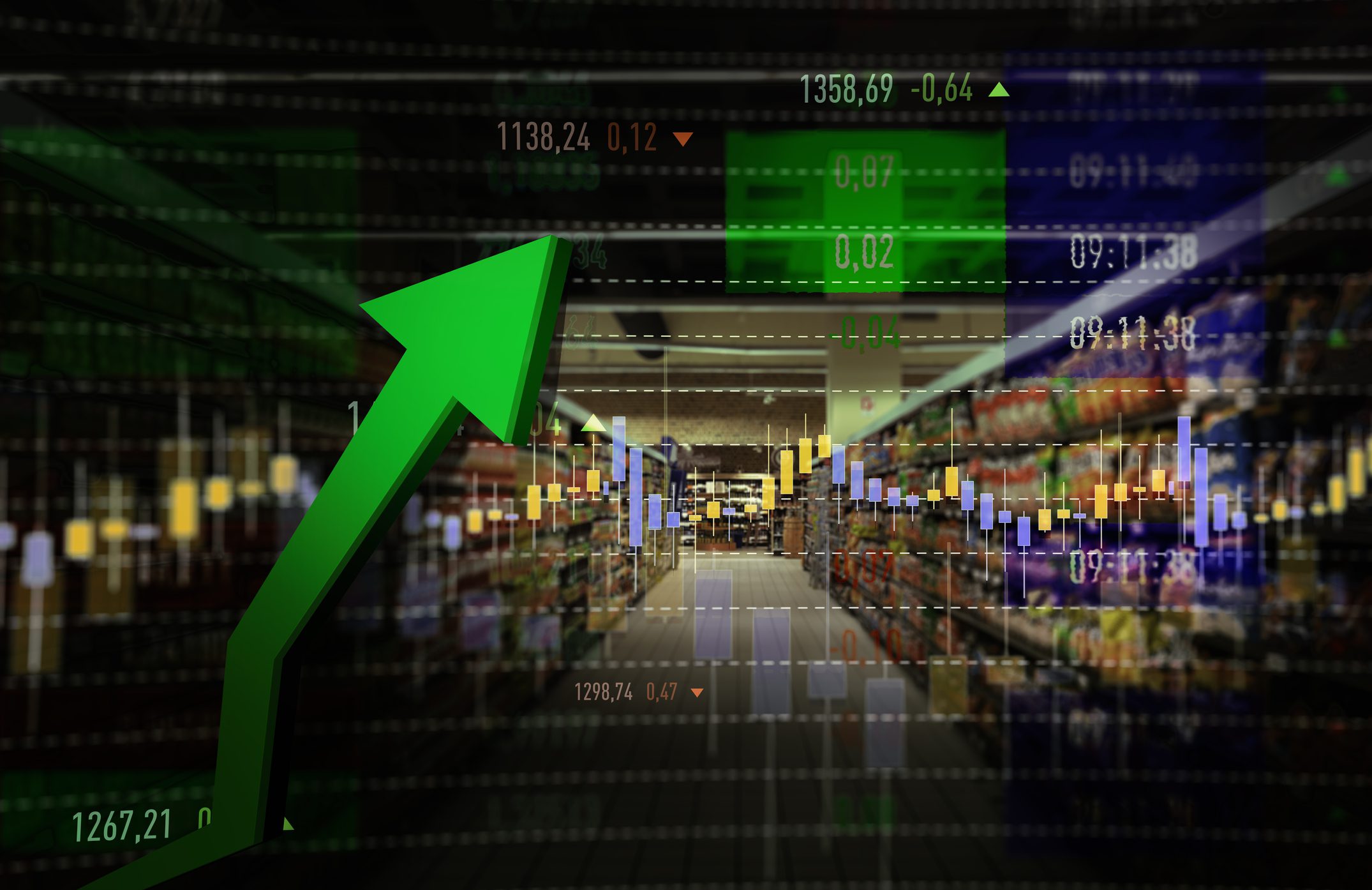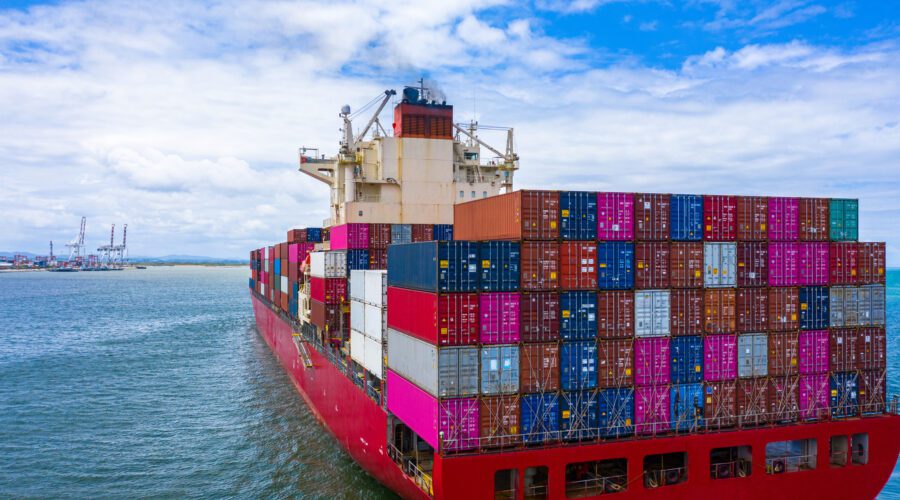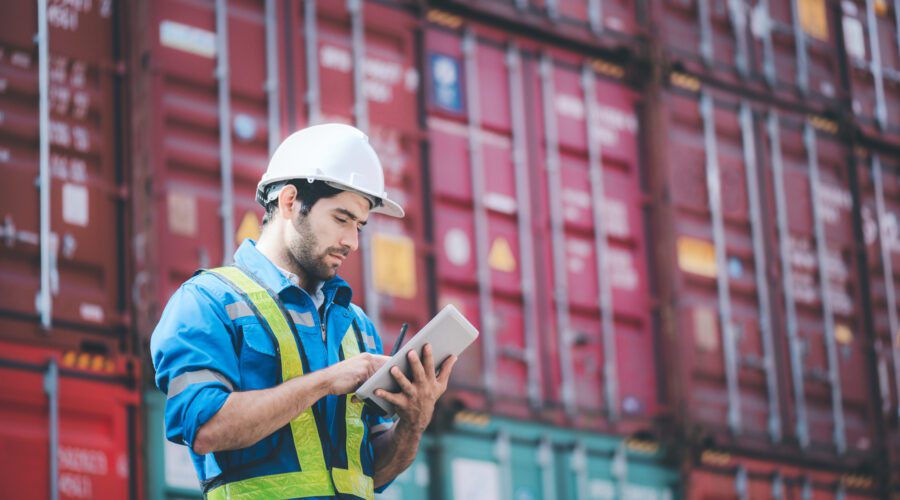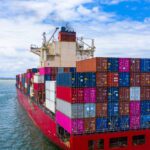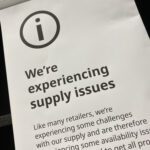The tangled supply chains caused by the pandemic have shown no real signs of detangling and probably won’t for at least another year, at least according to the latest reports from supply chain experts. At the moment, we’re seeing unprecedented inflation rates in reaction to the stuttered supply chains from the last two years, with a leap of 8.5% in March of 2022 alone. That increase was the fastest in forty years and affected goods and products across all categories, but most specifically—and visibly—fuel.
One of the main factors leading to the supply chain issues is the current soaring costs of shipping, which remain elevated due to various logistics issues. Lack of supply, increased demand, conflicts in countries crucial to various industries all work together to drive freight prices up and keep them there—and then there’s the issue of the missing shipping containers.
The Surge in Demand
The onset of the demand surge is clear: with the spread of the coronavirus, homes locked down and shopping online became a necessity. Add to that, then, the decreased supply as manufacturing shut down or at least nearly halted, and the wave of demand led to various crises, particularly surrounding cleaning products, building materials, and, curiously, toilet paper.
As vaccines became available, shipping those also added to the list of demands that supply couldn’t keep up with. All of these demands have led to a shipping crisis that continues to worsen the longer the virus remains a problem.
The Shipping Crisis
Costs for shipping a 40-foot freight container in March 2020 read about $1,400. Now, though less than the exorbitant highs experienced during the fall of 2021, the cost is nearly $10,000 for a 40-foot freight container.
Adding to the crisis at this time is the invasion of Ukraine, which has increased energy prices. While numbers may be lower now than in fall of 2021, we can expect to see them rise again as truckers and freighters pay more for oil, gas, and natural gas. When we add this to the surge in infections around the world, but most notably in China, we see that the current instability in the supply chain could get much worse before it gets better.
When to Expect Better Prices
While officials hope to see inflation ease some by the middle part of this year, most don’t expect it to happen until at least 2023. This is, of course, as long as the coronavirus’s grip on the world eases and some resolution might occur in Ukraine. Some concessions may be made to allow for these issues in other areas, but we can only expect the best possible outcome if the best possible scenarios occur.
When we do see lower shipping prices occur, then we can be sure that a plateau for inflation will follow. Until then, we may have to prepare ourselves for prices to continue to surge, particularly on imported goods and commodities.
LIWMI Logistics works to keep shipping costs as low as possible through cutting-edge technology, space-sharing, and third-party providers. Learn how we can save you money and mitigate at least some of the pressure on your business.
